Right Gothic Casual
Right Gothic is what happens when a sans serif remembers its roots—and decides to evolve them with style.
Free to try
Licenses start at $40
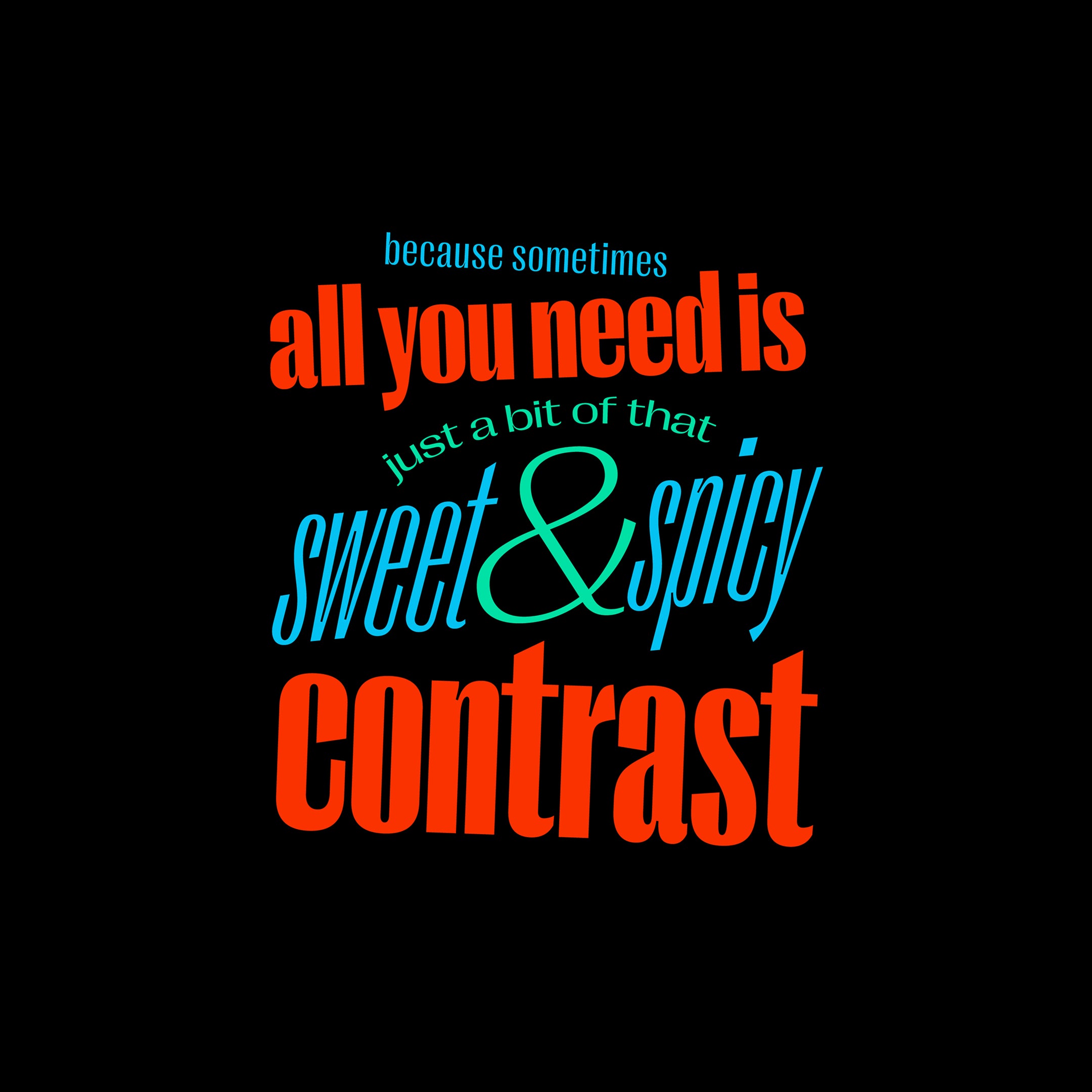
Right Gothic Casual style list
14 Styles
01234567
{(!@#$?&)}
01234567
{(!@#$?&)}
- Fine 100
- Light 200
- Regular 340
- Medium 470
- Bold 620
- Dark 770
- Black 900
- Fine Italic 100
- Light Italic 200
- Regular Italic 340
- Medium Italic 470
- Bold Italic 620
- Dark Italic 770
- Black Italic 900
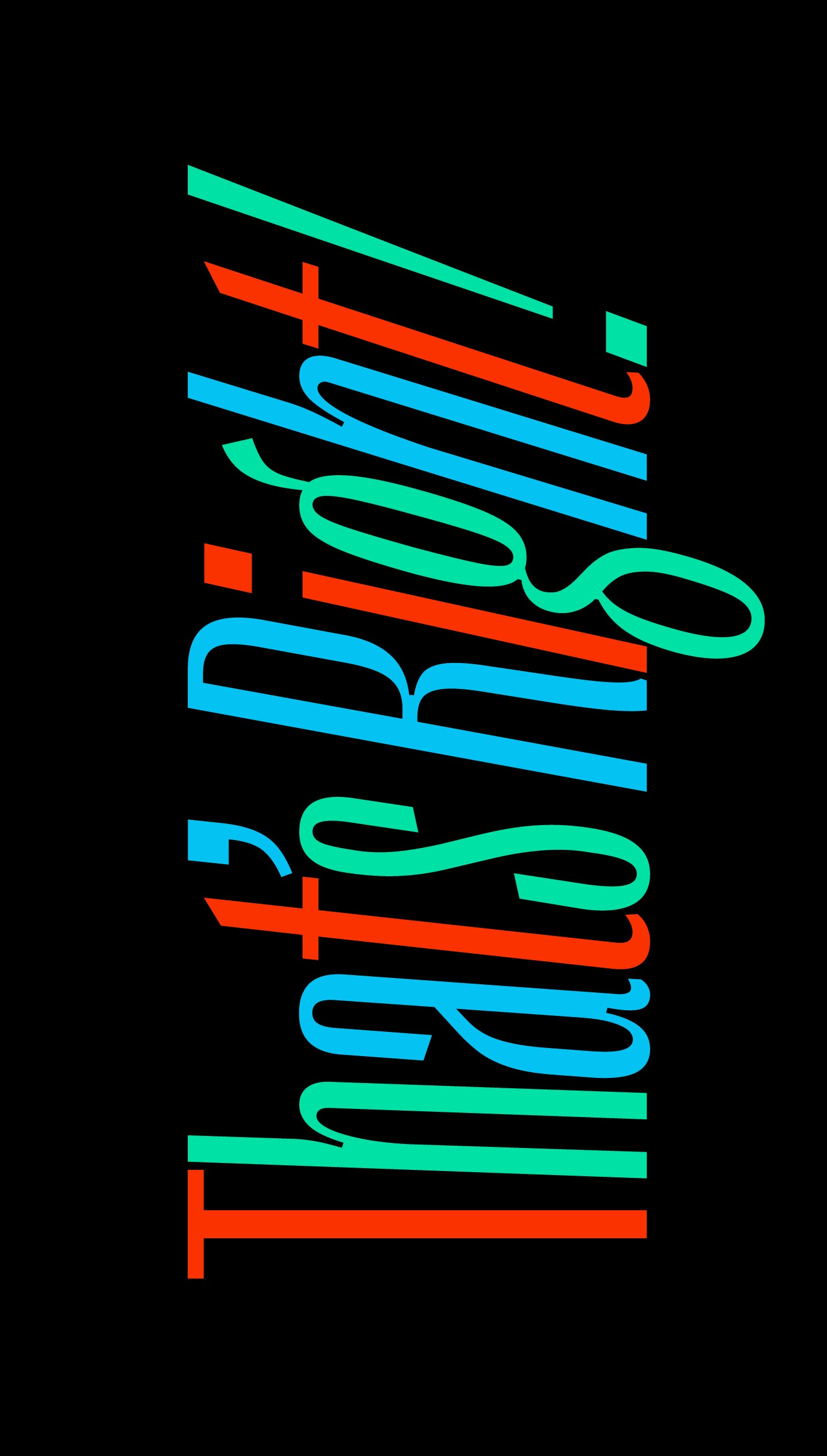
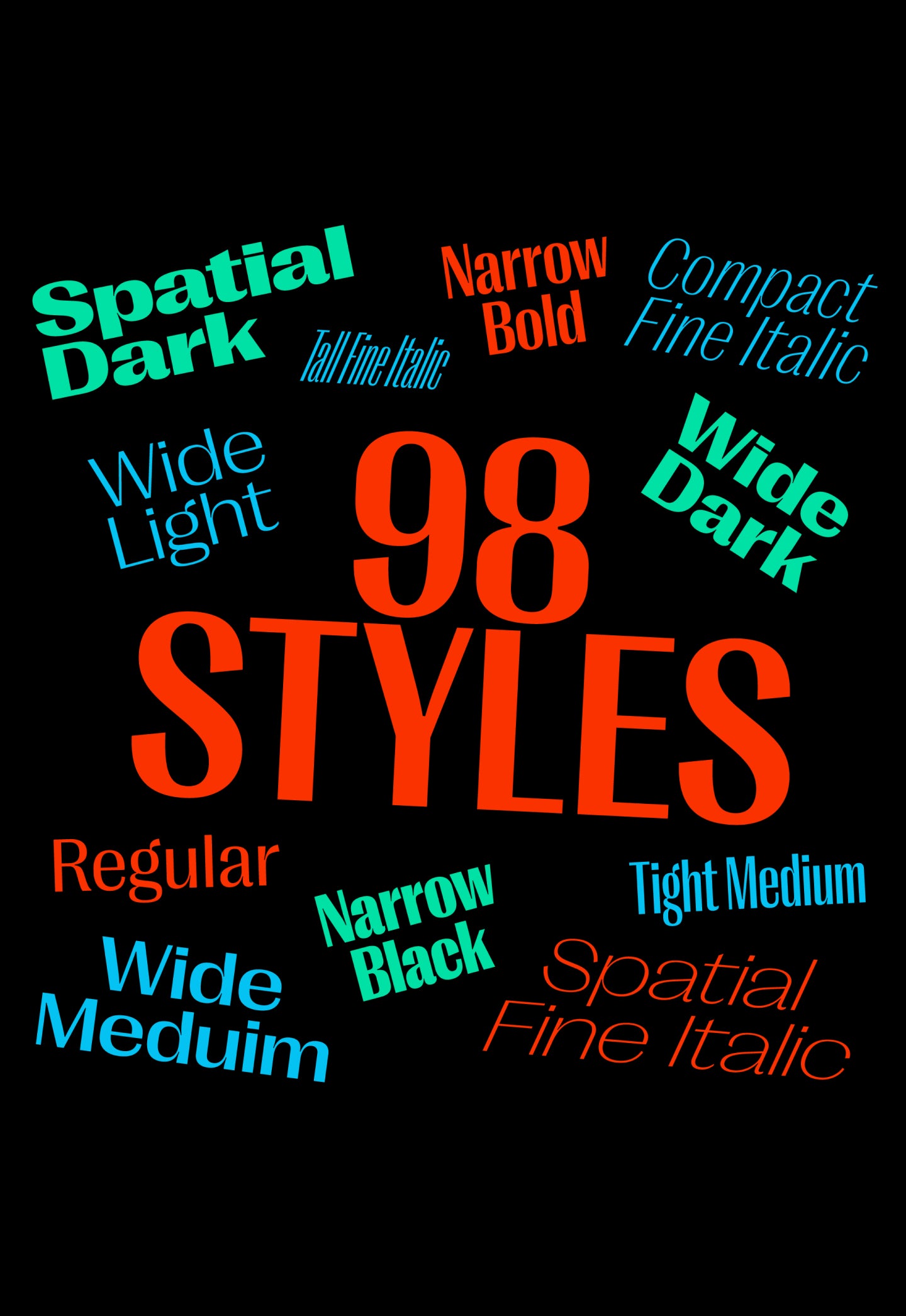
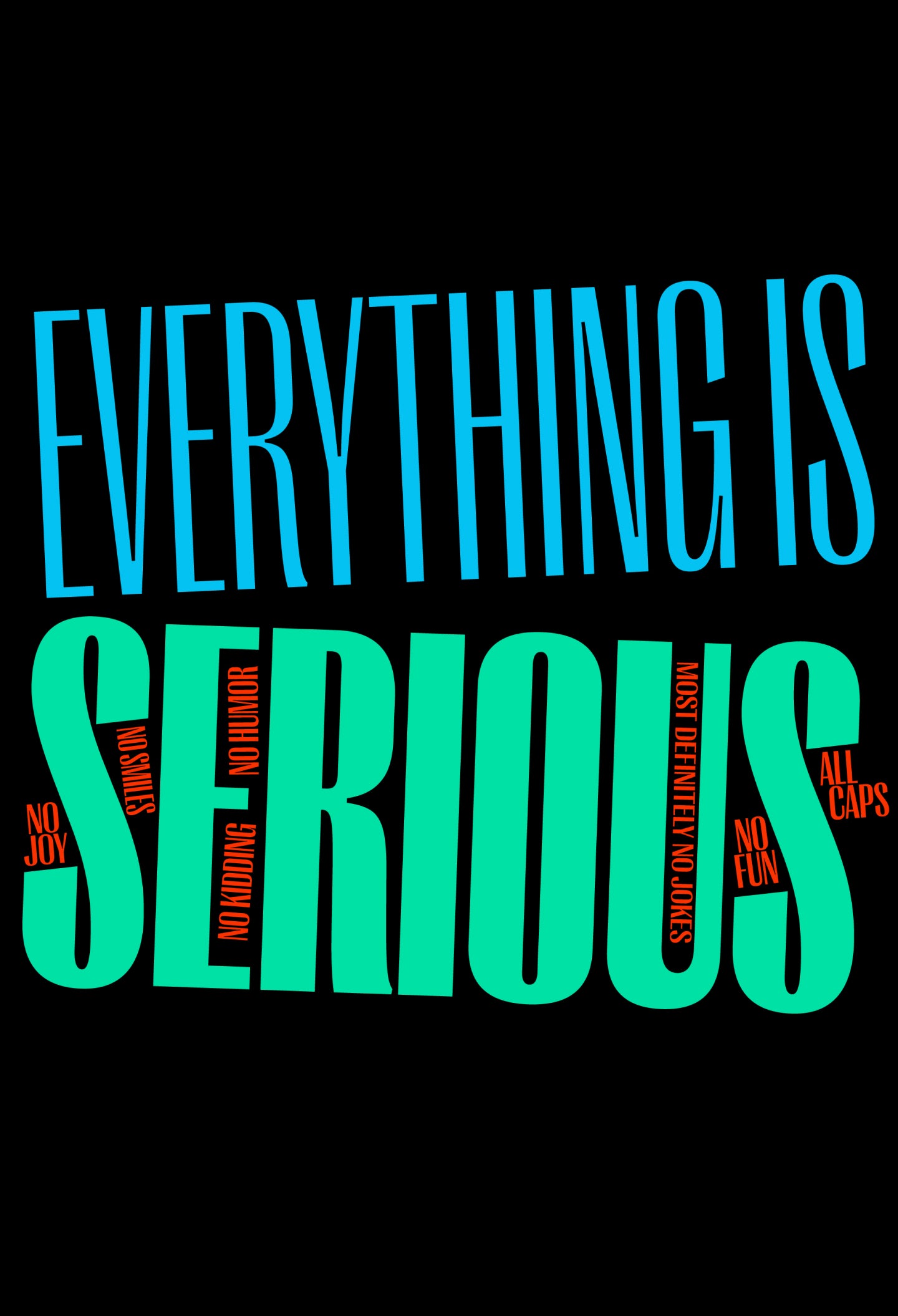
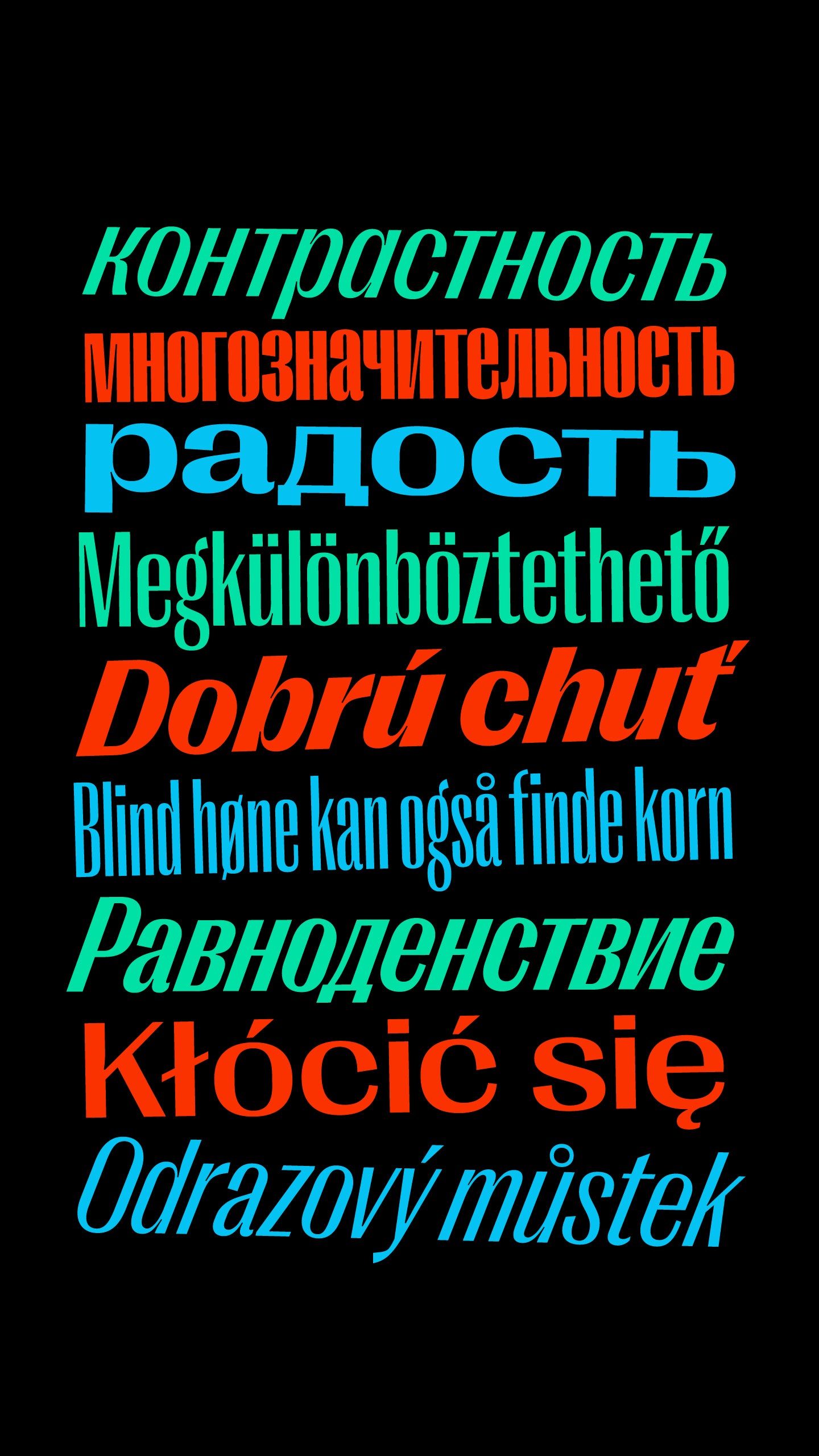
Right Gothic
Casual Family
Glyphs set overview
Glyphs set overview
Glyphs View
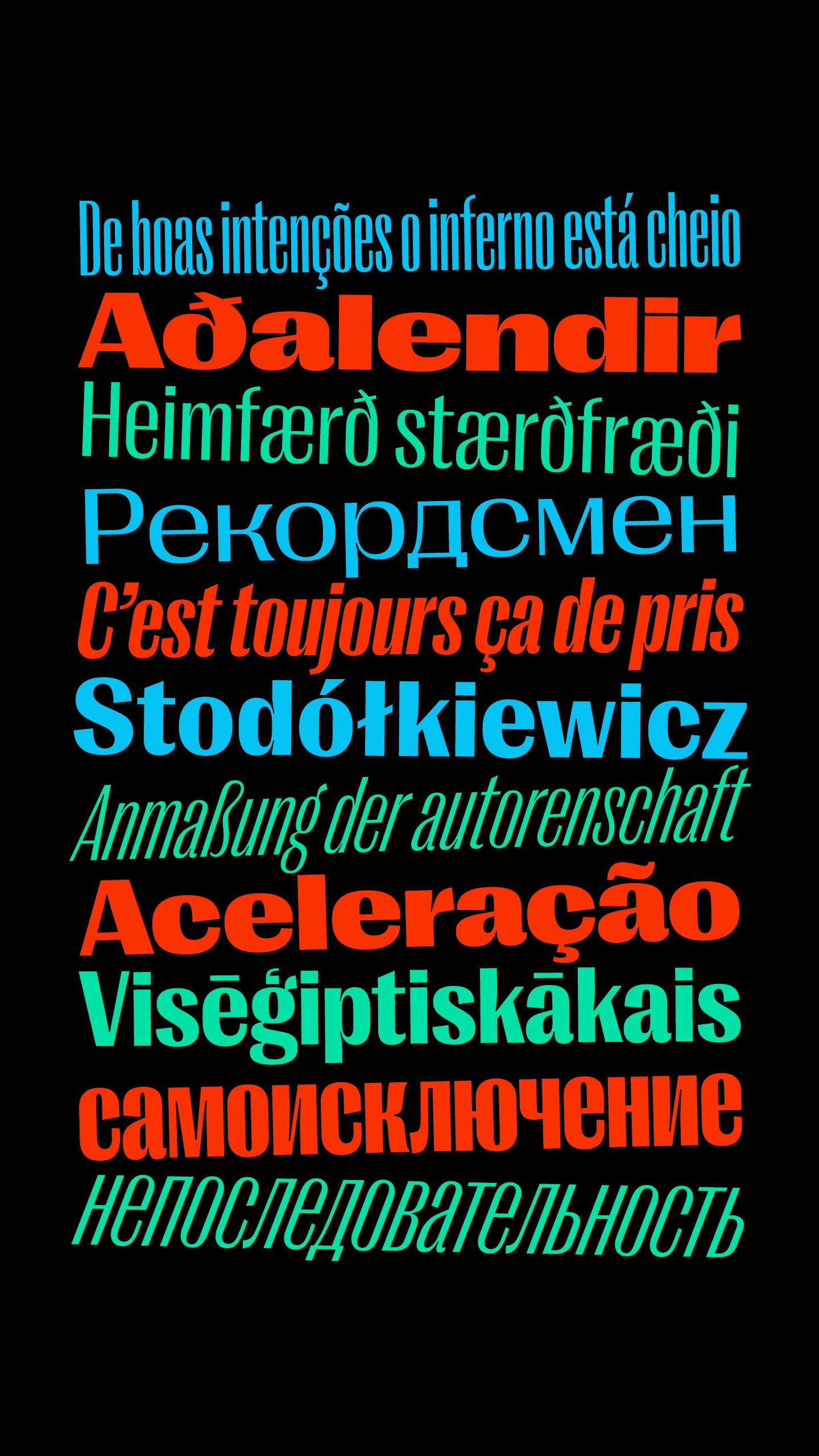
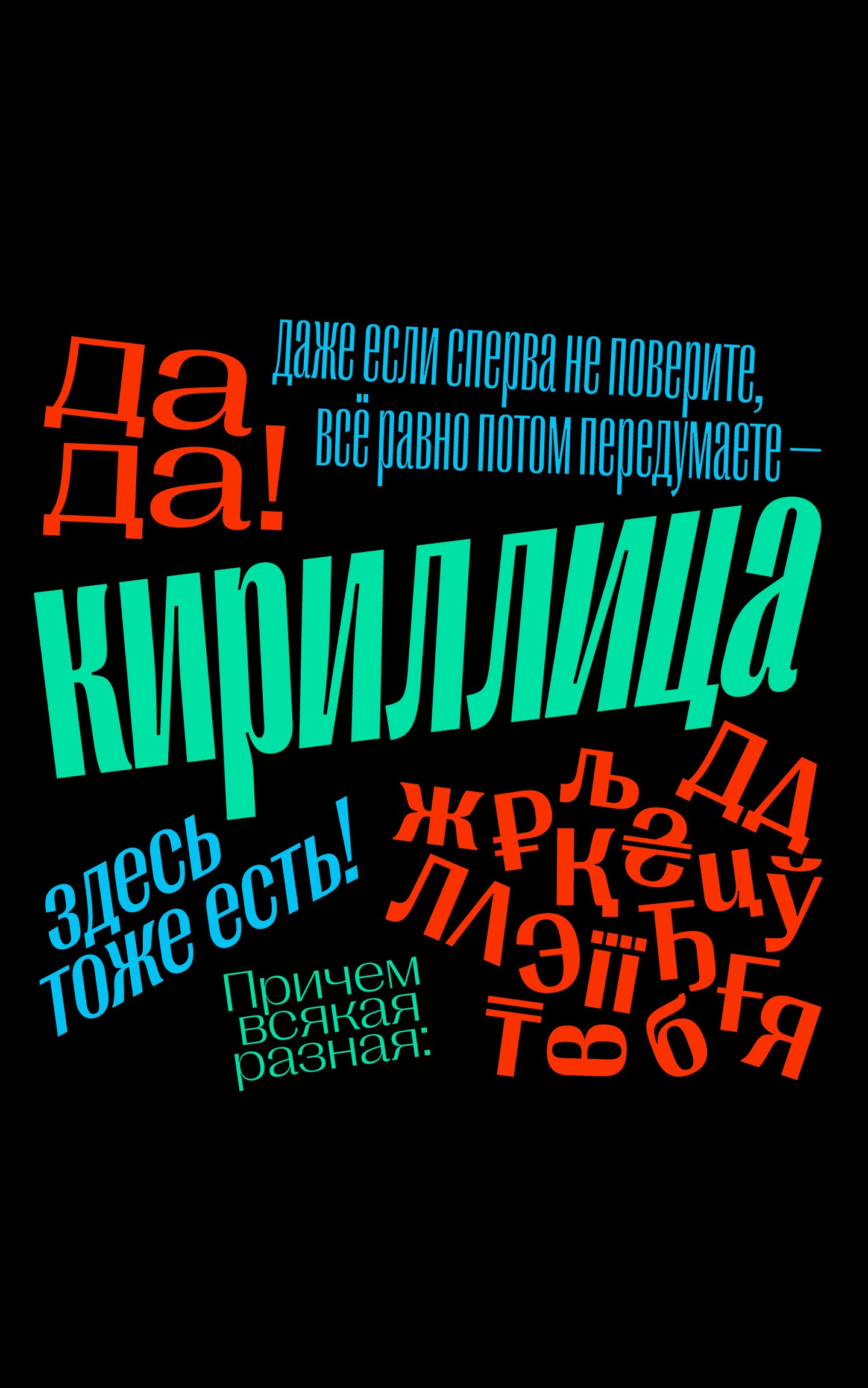
Right Gothic Casual's Features
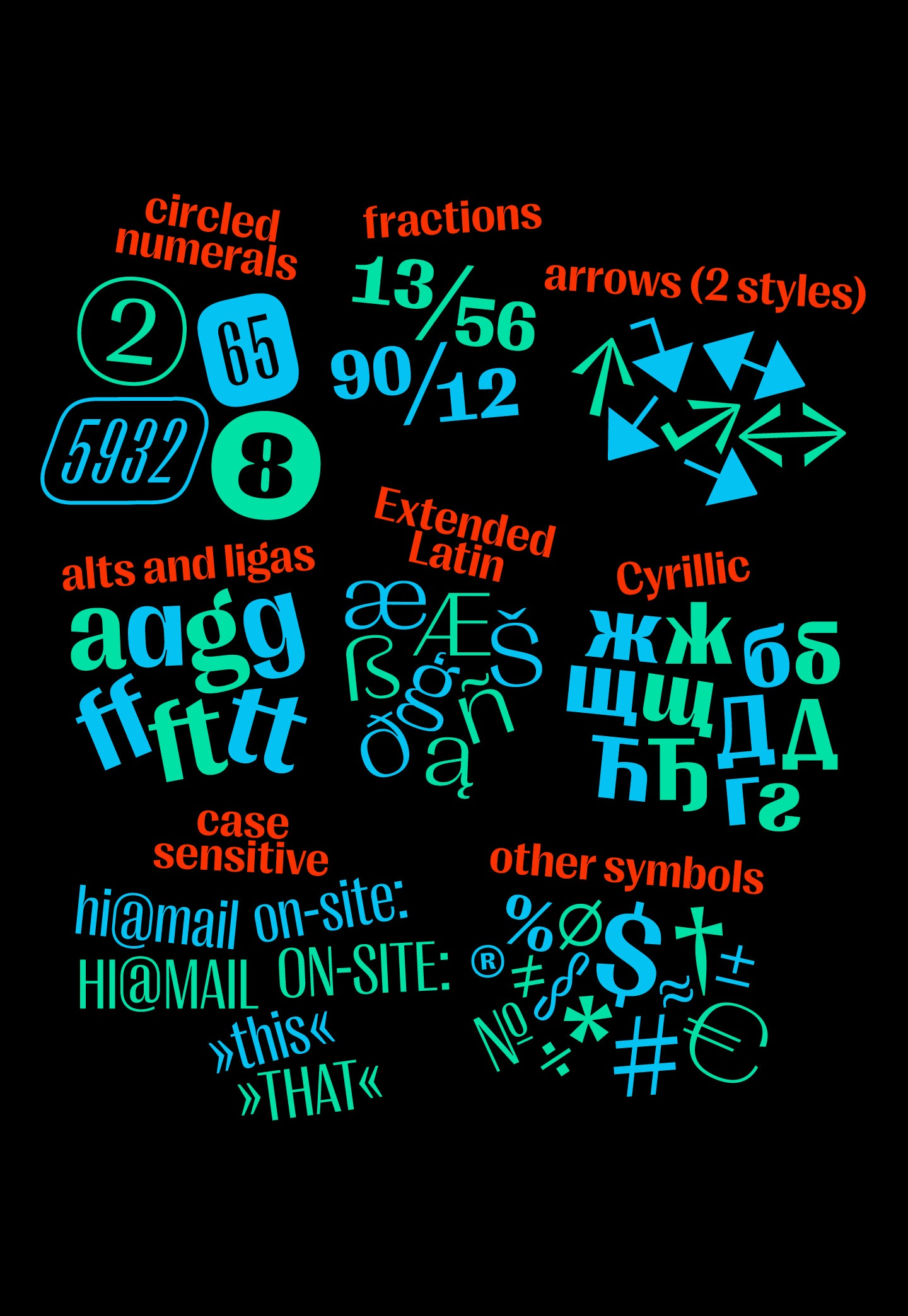

Sharp contrast. Smooth moves.
Right Gothic is a large multi-purpose variable type family. Its unique voice is based on the distinct details, smooth ink traps, contemporary feel, yet overall familiar letterforms. While most modern sans serif fonts (such as Right Grotesk) have low contrast between thick and thin strokes, Right Gothic takes a step back towards serif anatomy and features a clearly pronounced contrast. The word “Gothic” in its name refers to the genre of early pre-Swiss sans typefaces, which often were sort of “serif without serifs”.
The family covers all useful weights and widths, 98 styles in total: 7 weights × 7 widths × 20° Italics. The power of variable fonts is now more affordable! Each sub-family goes with a Mini Variable Font covering the same range. Custom range, including adjustable contrast axis upon request! Cool, Right?
Designer
Categories
- Cyrillic
- Gothic
- Italics
- Sans Serif
- Variable
Styles
- 14 Styles
14 Styles with 794 Glyphs each
Including Italic and Cyrillic Support
Version
1.00
Latest update: October 2021
Available formats
OTF, TTF, WOFF, WOFF2
Language Support
Bosnian, Bulgarian, Chechen, Macedonian, Russian, Serbian, Afrikaans, Albanian, Asu, Basque, Bemba, Bena, Breton, Catalan, Chiga, Colognian, Cornish, Croatian, Czech, Danish, Dutch, English, Estonian, Faroese, Filipino, Finnish, French, Friulian, Galician, Ganda, German, Gusii, Hungarian, Inari Sami ... (and more)
Commercial Licenses
Not sure what to get? Or can’t find the right coverage?
Please contact us for our tailored corporate licenses!
Need more information about our licenses?
Our FAQ usually contains most of the answers.
Explore the Right Gothic sub-families by clicking on the cards below.
7 Sub-Families
